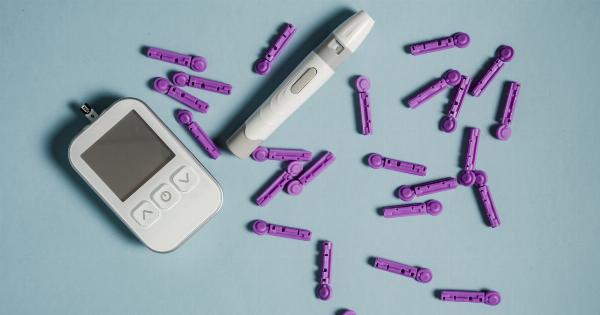Ebola virus disease (EVD) is a severe and often fatal illness that can cause outbreaks and epidemics, primarily in sub-Saharan Africa.
Since the discovery of the virus in 1976, there have been several major outbreaks, with the most devastating occurring between 2013 and 2016. The scale and impact of the Ebola outbreaks have highlighted the urgent need for extreme measures to combat this deadly disease.
The Global Health Threat
Ebola poses a significant global health threat due to its high mortality rate and potential for rapid spread. The virus is transmitted through direct contact with the blood, secretions, organs, or fluids of infected animals or people.
It can easily spread within communities, healthcare settings, and during funeral or burial rituals. The lack of effective treatment options and the absence of a licensed vaccine further complicate efforts to control the virus.
Early Detection and Surveillance
Early detection and surveillance are crucial to containing Ebola outbreaks. Prompt identification of cases and rapid response measures can help mitigate the spread of the virus.
Strengthening surveillance systems and enhancing laboratory capacity in high-risk areas are vital for early detection and effective response.
Strong Public Health Infrastructure
Developing and maintaining a strong public health infrastructure is essential for effectively combating Ebola. This includes establishing robust healthcare systems with adequate staff, resources, and training to handle outbreaks.
Investing in healthcare infrastructure and strengthening the capacity of healthcare workers are integral to containing and managing epidemics.
Community Engagement and Education
Engaging and educating communities about Ebola is critical to control its spread. Local communities should be involved in outbreak response efforts, including contact tracing, safe burials, and awareness campaigns.
Communicating accurate information about the disease, its transmission, and preventive measures can help dispel misconceptions and promote cooperation in implementing control measures.
Infection Prevention and Control
Stringent infection prevention and control measures are necessary to protect healthcare workers and prevent the transmission of Ebola within healthcare settings.
Adequate supplies of personal protective equipment (PPE), rigorous training on its use, and adherence to strict infection control protocols are vital. Establishing isolation units and ensuring safe handling and disposal of infectious materials are crucial elements of effective infection control.
Vaccine Development and Deployment
The development and deployment of vaccines against Ebola play a pivotal role in combating the disease. During the 2013-2016 outbreak, experimental vaccines showed promising results in clinical trials, leading to the licensure of the first Ebola vaccine.
Vaccination campaigns targeting high-risk populations, including healthcare workers and those directly exposed to the virus, can help prevent the further spread of the disease.
International Cooperation and Support
International cooperation and support are indispensable in combating Ebola. Collaborative efforts between countries, organizations, and global health initiatives are crucial for sharing resources, expertise, and best practices.
Timely financial assistance, technical support, and the coordinated mobilization of healthcare workers and supplies can help prevent the escalation of outbreaks and save lives.
Research and Development
Continued research and development are necessary to improve our understanding of the Ebola virus and develop more effective prevention and treatment strategies.
This includes accelerating efforts to find a cure for Ebola, developing new diagnostic tools, and expanding the range of available treatment options. Investing in research and development can lead to breakthroughs that will better equip us to combat future outbreaks.
Maintaining Vigilance
Even after successfully containing an outbreak, it is crucial to maintain vigilance against Ebola.
Building long-term capacity in at-risk regions, establishing effective surveillance systems, and improving response capabilities can help prevent future outbreaks or enable rapid containment if a new outbreak occurs. Regular monitoring and evaluation of outbreak response strategies are essential in identifying areas for improvement and ensuring sustained preparedness.
Conclusion
Combating Ebola requires extreme measures on multiple fronts, from early detection and surveillance to community engagement, strong public health infrastructure, and international cooperation.
By implementing these measures, we can enhance our ability to prevent, detect, and respond to Ebola outbreaks, protecting communities and saving lives.





























